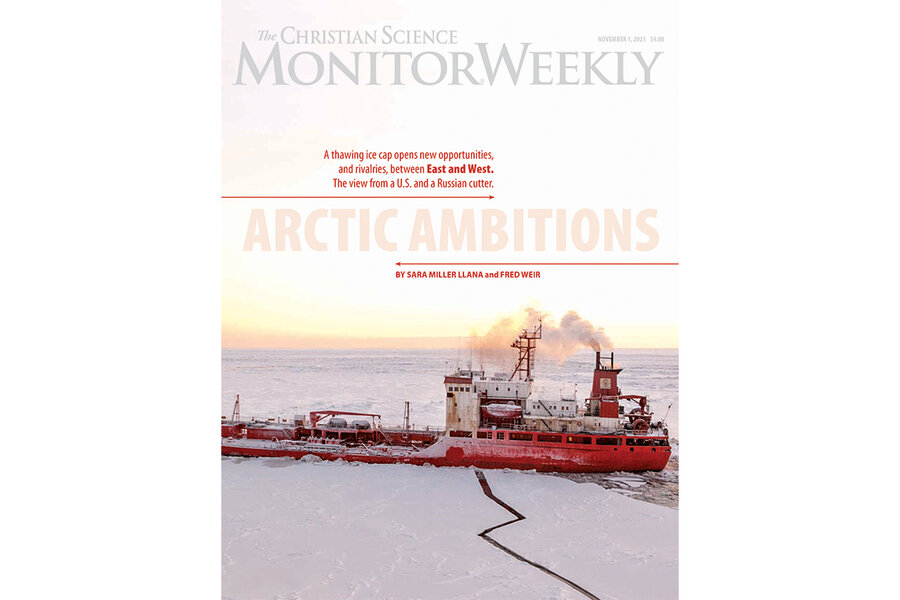Readers write: A forester's perspective on carbon offsets
Loading...
Something’s off with offsets
I am a forester with nearly 50 years’ experience and have spent my entire career working in the woods. I read with interest the Oct. 18 article headlined “Carbon offsets are growing fast, but climate benefits remain murky.”
I agree the idea of carbon sequestration credits is green washing. I wish that were not the case. The economics of tree growth and subsequent carbon sequestration are largely based on historically predictable weather. Unfortunately those assumptions have become ghost science that is no longer valid in predicting volume growth or environmental benefits being touted from forest management.
Traditional forestry and silviculture (the art and science of growing trees) are based upon regionally established biological and economic principles. Until recently, predictable weather and a stable climate based on historic precedent was an unspoken assumption in most day-to-day forest management.
During the past 20 years, the interior portion of the Appalachians I live in has experienced tornadoes, first-ever derechos, “once in a generation” ice storms, historic heat, and record droughts.
I have no idea of how many once-in-five-hundred- and once-in-a-thousand-year weather events a typical patch of woodland can withstand during its lifespan, but I believe ancient forests will someday be history. Weather has become so unpredictable and volatile that any estimate of a long-term economic return or biological benefit from forest management has become a crap shoot with continually changing rules.
Carbon credits and carbon sequestration efforts will only succeed if there is room to consider paying “credits” that involve physical and financial investment in forestland devastated through weather events spawned by climate change. Currently, most of the consequences, expenses, and financial risks associated with long-term forest management fall on the woodland owner.
Russ Richardson
Arnoldsburg, West Virginia
Abrahamic community
I was very touched by U.S. Army chaplain Janet Horton’s thoughtful and informative Home Forum essay in the Sept. 13 & 20 issue headlined “Abraham’s children, hand in hand.” The Monitor always lifts up subjects for readers to explore in different lights.
In 1959, the Lebanese foreign exchange student at the high school in our small Midwestern town was struggling with his new situation. My mother, head of the local program, brought him home for dinner. He stayed a year. Mustafa enriched our lives and became a brother to me, a Muslim in our Christian Sunday school, and a voice for inclusion and tolerance. An exchange student provides two-way learning, and I learned the beauty of Islam early.
After 9/11 and the widespread unkind response toward American Muslims, I looked up the meeting place of Muslims in the Eastern Maryland town where I lived. At Christmas, I left a large poinsettia plant at their door with a note that said the plant was a symbol of my religious holiday tradition and that I wanted them to know they were valued and appreciated as an important part of the community.
I received a beautiful card of thanks and a photo of my note pinned to their bulletin board. The three monotheistic religions that stem from Abraham are not at war, and it’s up to us individually to defy the extremists and be the best possible examples of what we believe.
Ann Hymes
Laguna Woods, California





